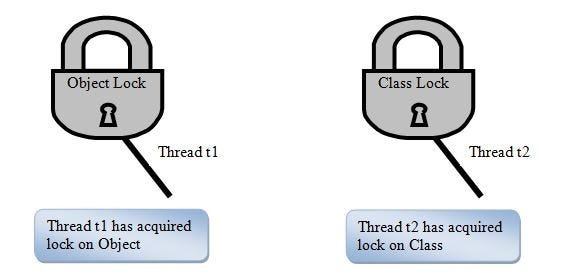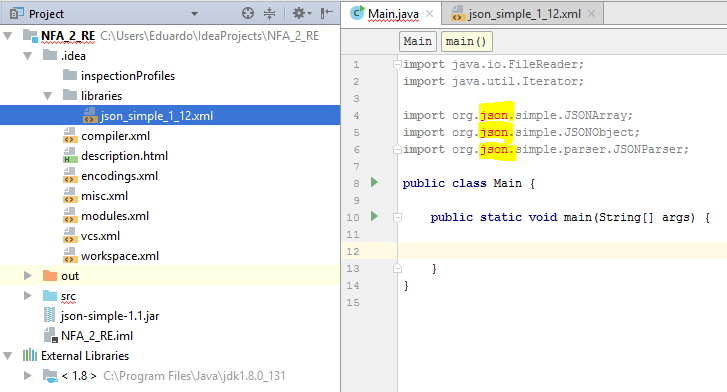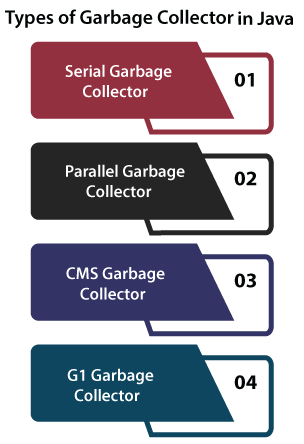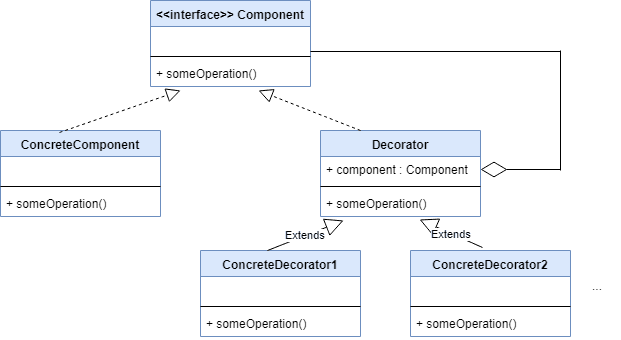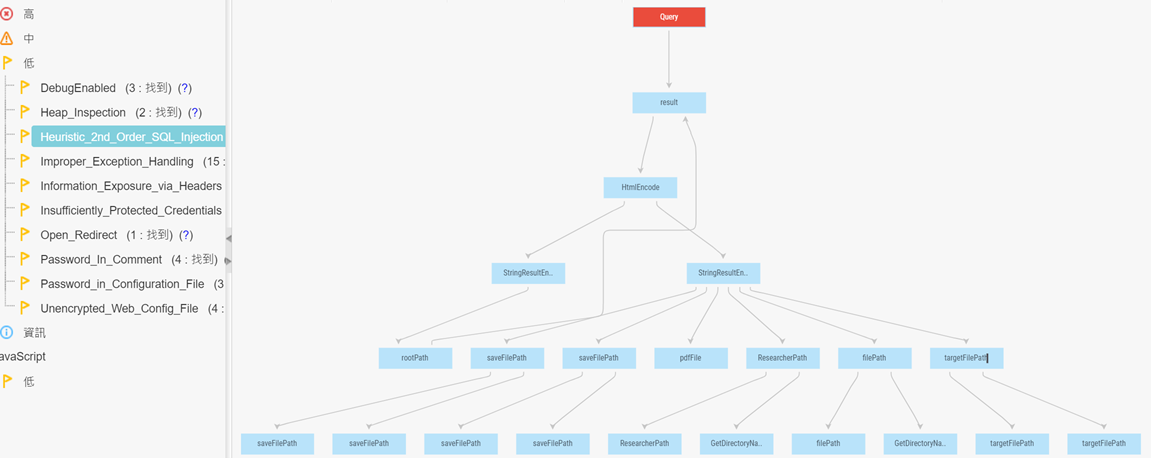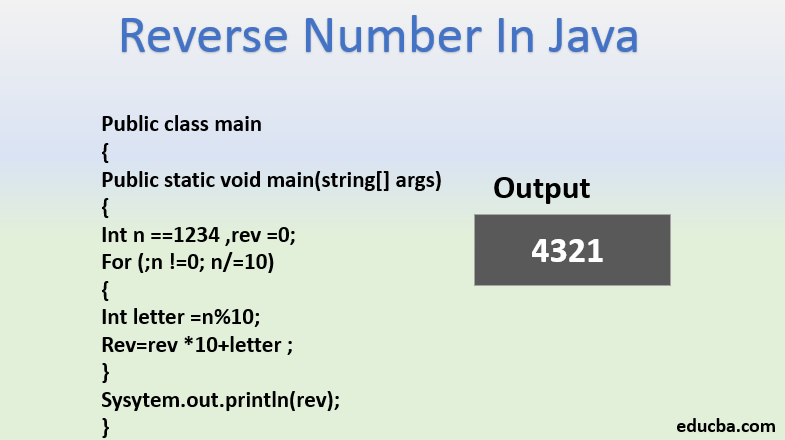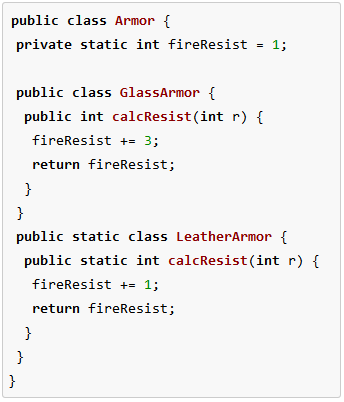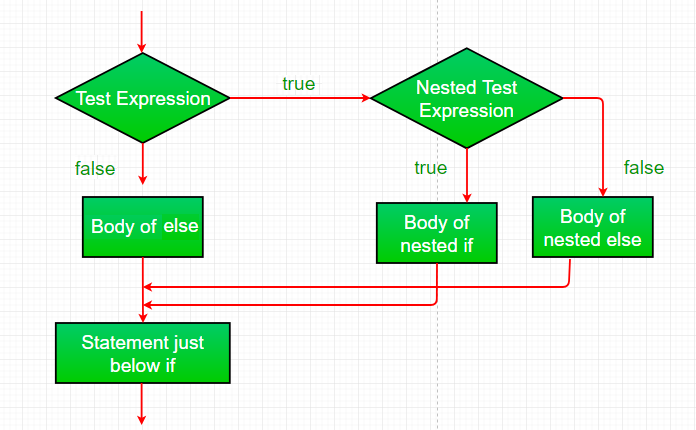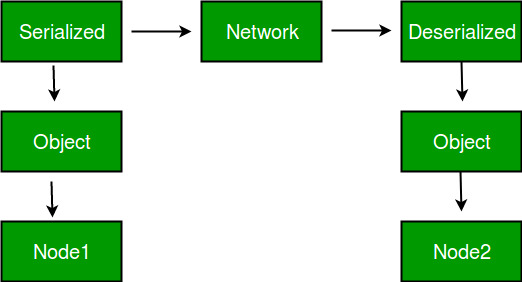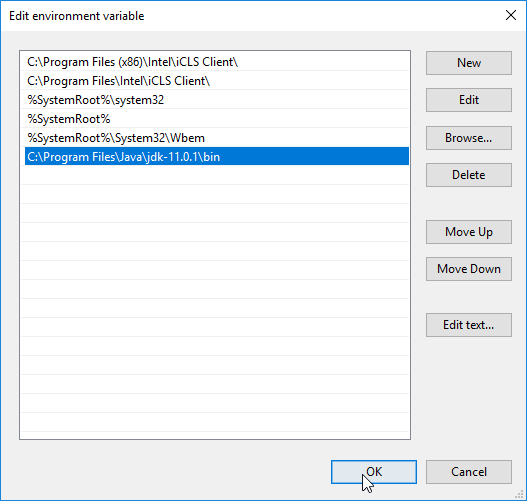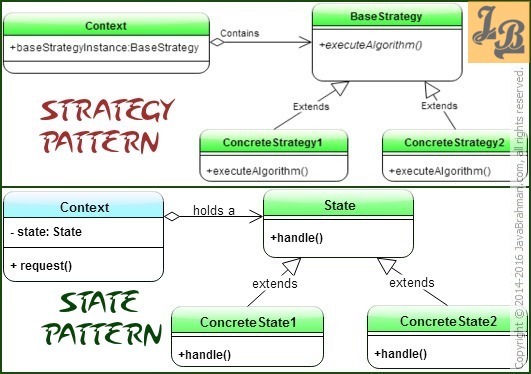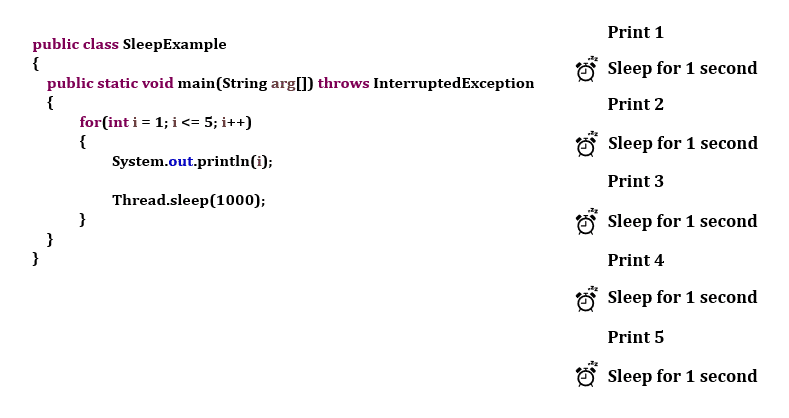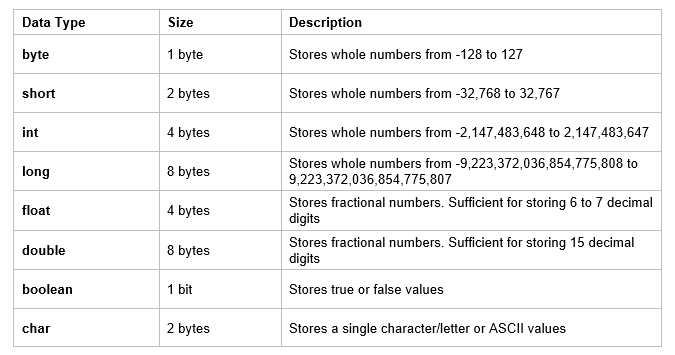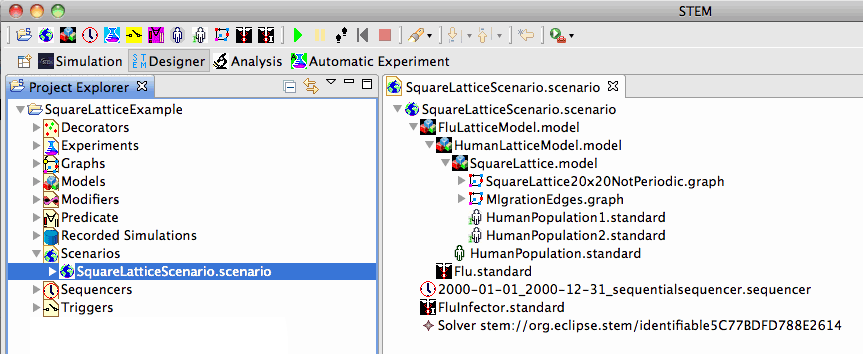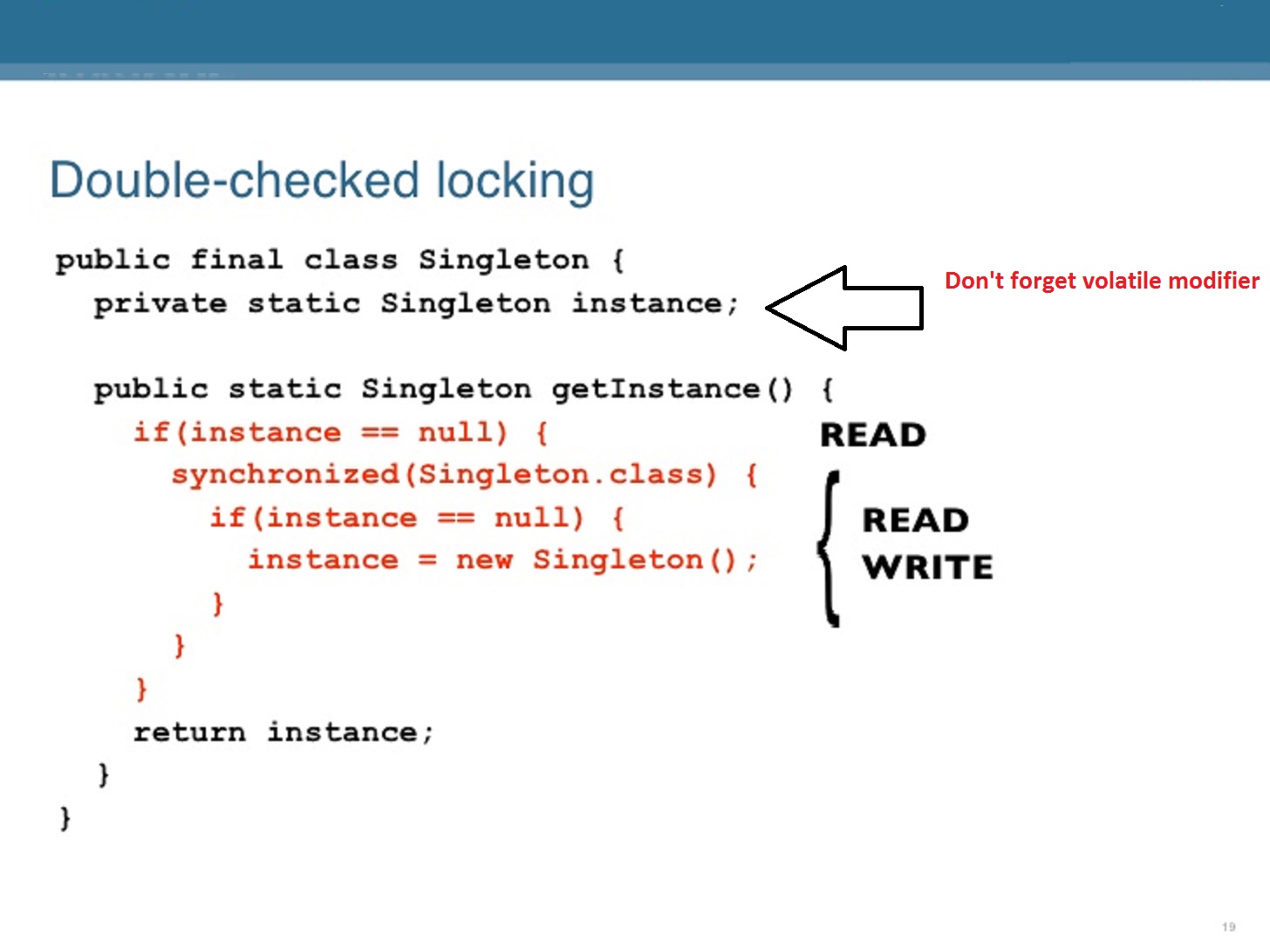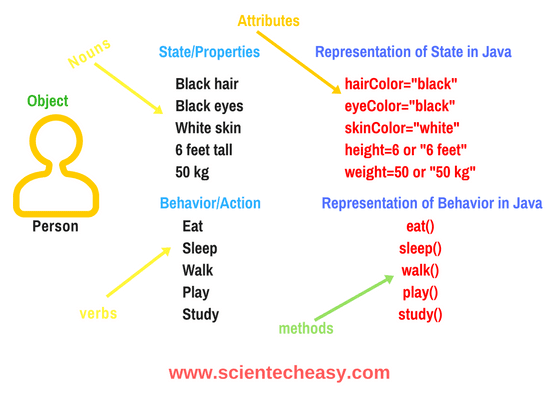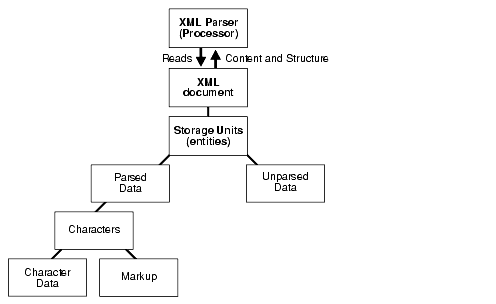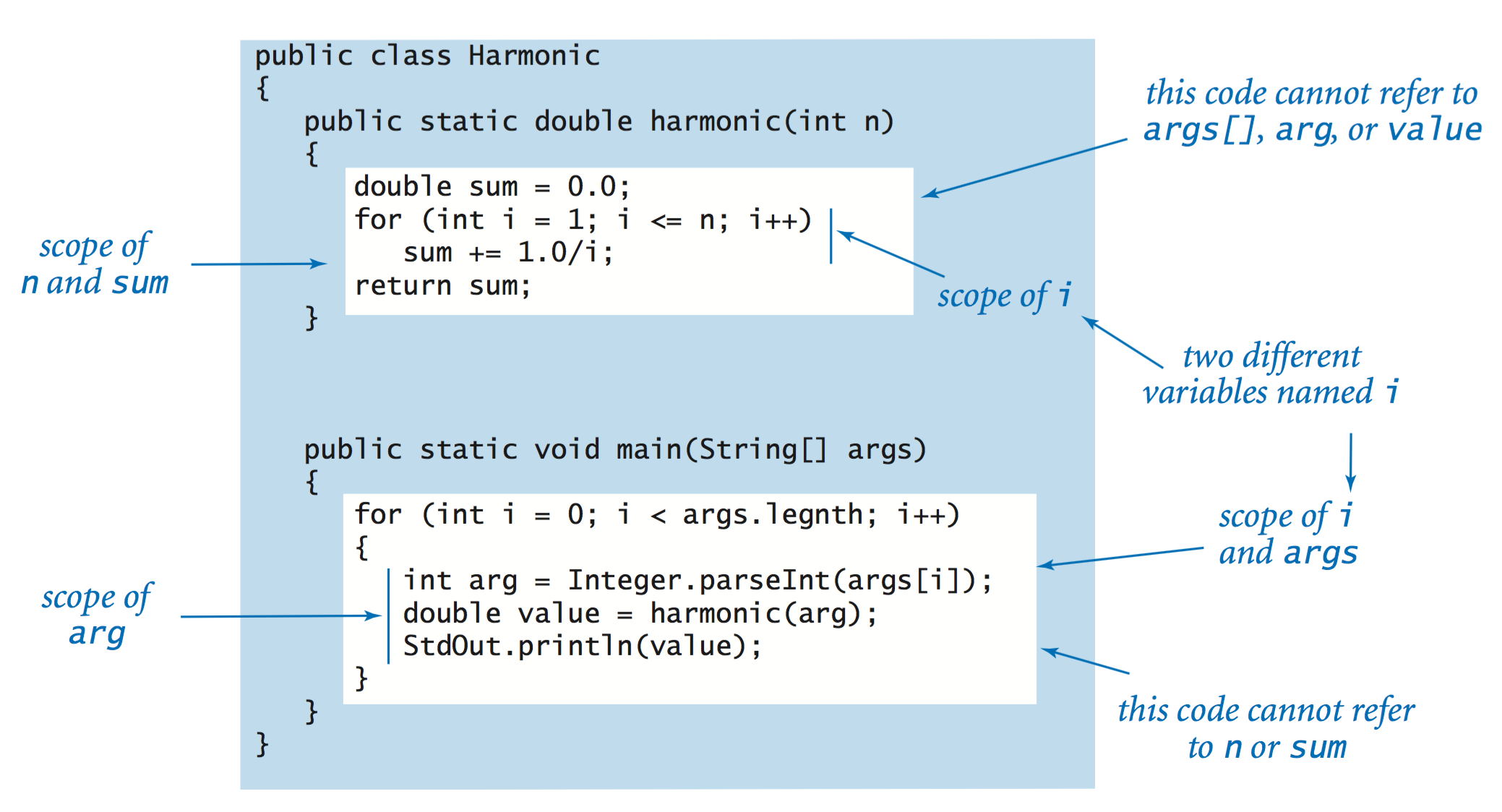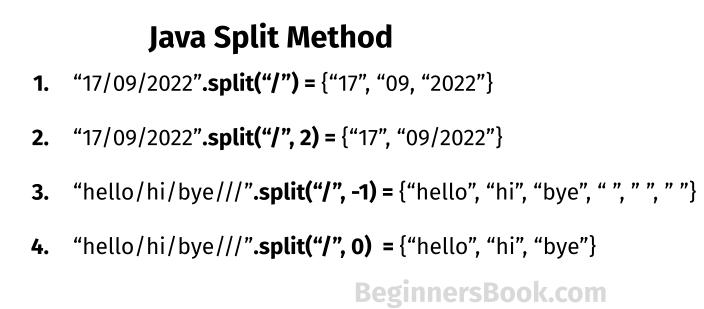Why use static in Java?
Why use static in Java?
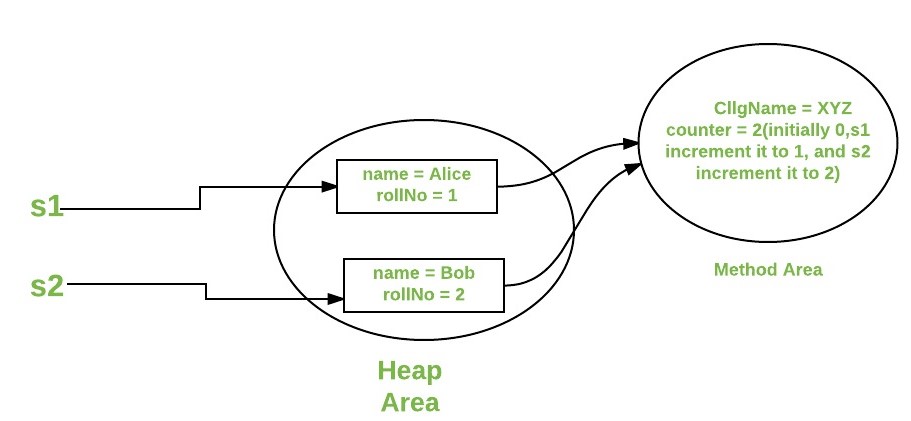
I'm glad you asked! In Java, static is a keyword that has several implications on the behavior of classes, methods, and variables. Understanding why to use static in Java can help you write more efficient, maintainable, and scalable code.
Single Instance Per Class
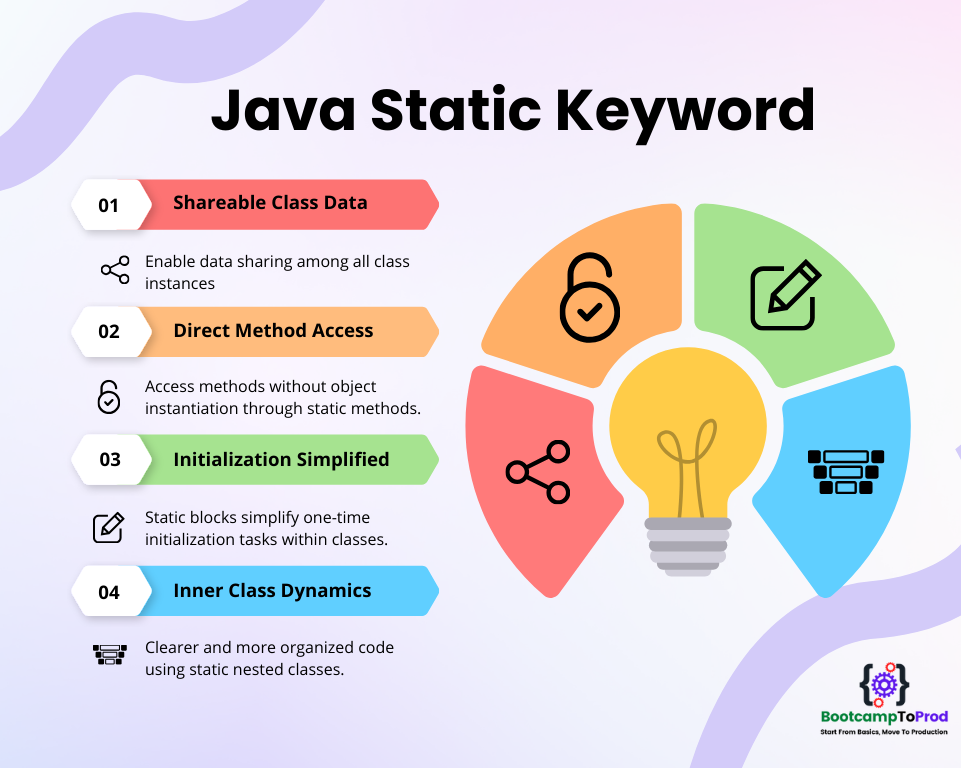
One primary reason to use static is to create a single instance of a class per application or JVM (Java Virtual Machine). This ensures that only one copy of the class exists, which is useful when:
Configuration: You need a centralized configuration object that can be accessed from anywhere in your code.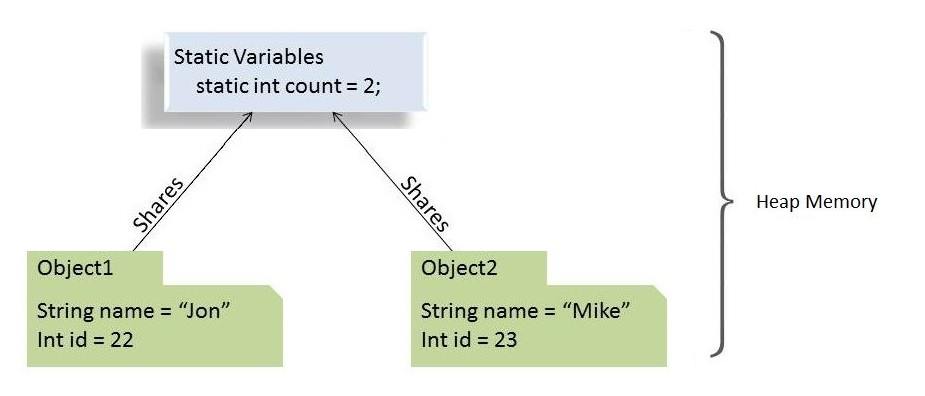
Class-wide Initialization
Static variables and blocks are initialized when the class is first loaded, not when an instance of the class is created. This means you can use static to:
Initialize constants: Define constant values that don't change during the execution of your program. Create global variables: Store data that doesn't depend on specific instances.Shared State
Static fields and methods share the same memory space, making them useful for:
Caching: Store frequently used data to speed up computations. Counters: Keep track of the number of times a method is called or an event occurs. Locks: Implement synchronization mechanisms to ensure thread safety.No Instance Needed
Sometimes, you don't need instances of a class to perform certain tasks. Static methods allow you to:
Perform calculations: Implement mathematical functions that can be applied without creating instances. Handle events: Handle events or notifications without tying them to specific objects. Provide debugging tools: Create utility methods for debugging purposes.Performance Implications
When using static, keep in mind the following performance implications:
Class loading time: The JVM needs to load the class containing the static fields and methods before they can be used. This may affect startup performance. Thread safety: Static variables are not inherently thread-safe, so you'll need to use synchronization mechanisms (e.g.,synchronized blocks) to ensure correctness.
In summary, using static in Java allows you to:
Create singletons or utilities with a single instance per class Initialize classes and shared state Implement caching, counters, and locks Perform calculations and handle events without instances Provide debugging toolsHowever, be aware of the performance implications and ensure that your use of static aligns with your application's requirements.
(Word count: 312)
Where are static members stored in Java?
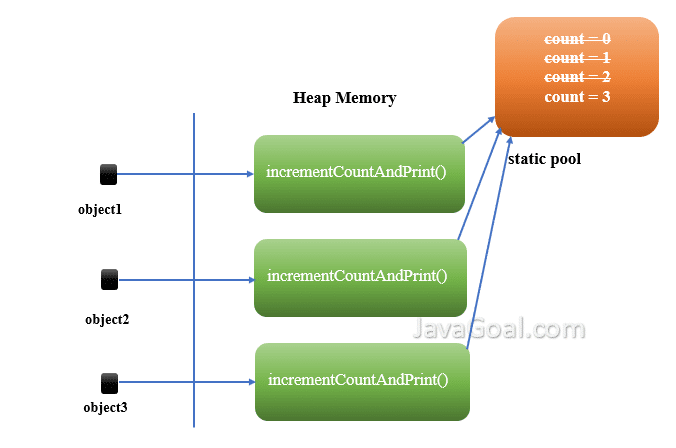
I'm happy to respond in English for you!
Static members in Java are stored at class level, meaning they are associated with the class itself rather than an instance of the class. When a class has static members, they are essentially shared by all instances of the same class.
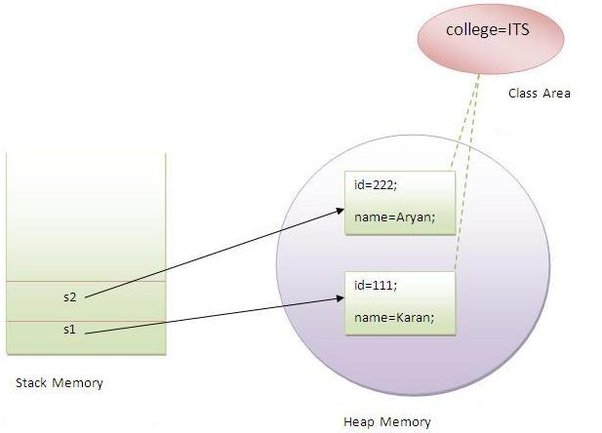
In Java, the memory location where static members are stored is called the "static area" or "class data area." This area is reserved at class initialization time and remains until the JVM (Java Virtual Machine) exits.
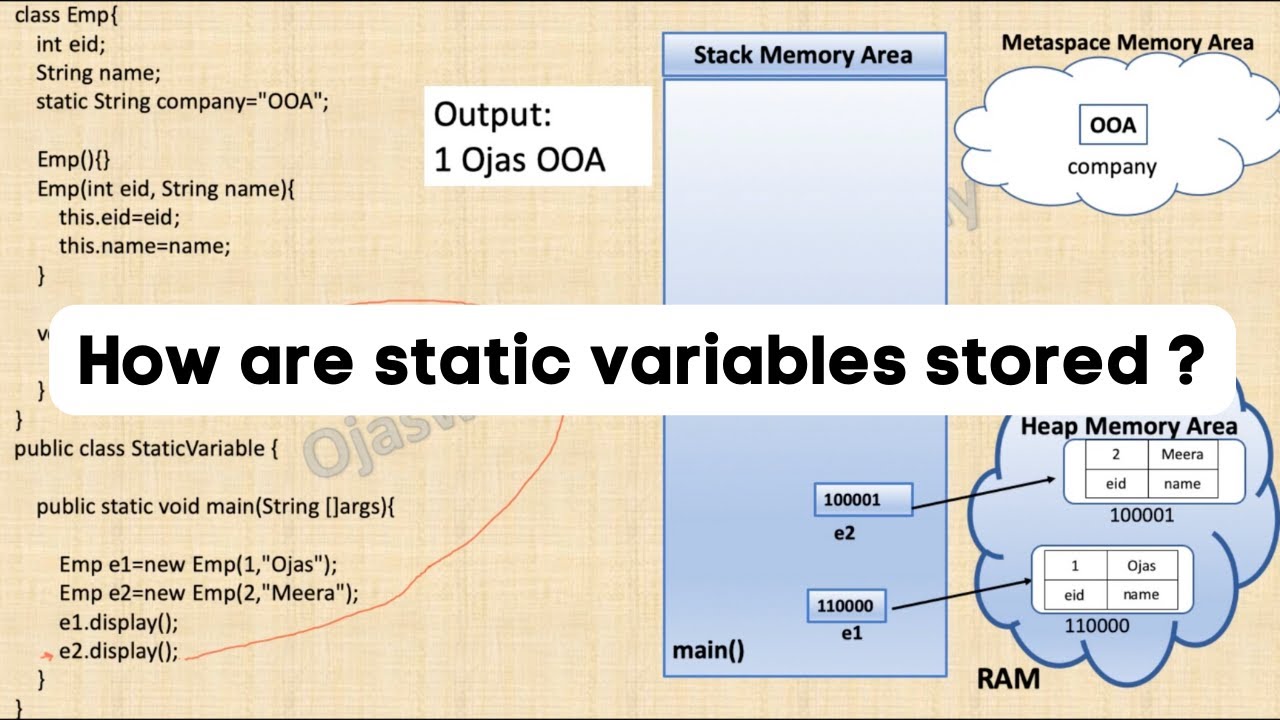
When a class has only static members, it's often referred to as a "static-only class." In such cases, the JVM only loads the class into memory when its static members are accessed for the first time. After that, the entire class is resident in memory.
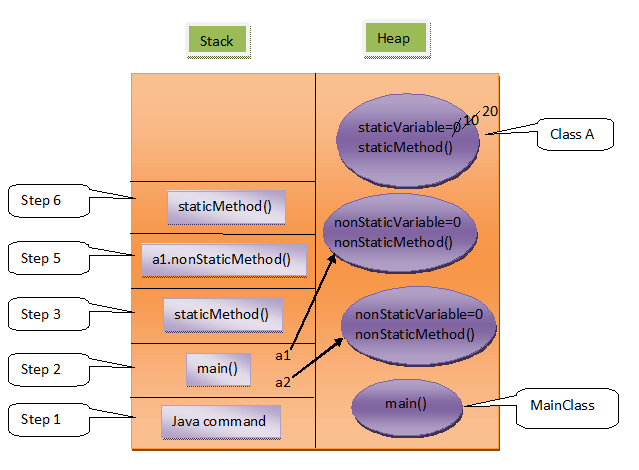
Here are some key characteristics of how Java stores static members:
Single instance: There is only one copy of each static member across all instances of the same class. Shared among instances: Static members can be accessed and manipulated by any instance of the same class, as they are shared between them.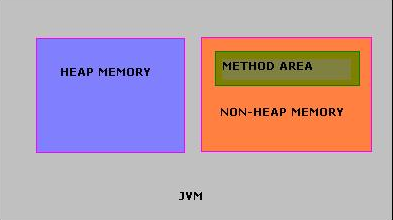
To illustrate this, let's consider an example:
public class MyClass {public static int myStaticField = 10; // static member
public void printMyStaticField() {
System.out.println(myStaticField); // accessing the static field
}
}
In this example, myStaticField is a static integer that is shared across all instances of MyClass. If we create multiple instances of MyClass, they will all share the same value for myStaticField.
MyClass instance1 = new MyClass();MyClass instance2 = new MyClass();
// accessing the static field from different instances
instance1.printMyStaticField(); // prints 10
instance2.printMyStaticField(); // also prints 10
As you can see, myStaticField is shared between instances of MyClass, and its value remains consistent across all instances.
In summary, Java stores static members at the class level in a dedicated memory area called the "static area" or "class data area," which is initialized when the class is loaded into memory. Static members are shared among instances of the same class and remain constant throughout the program's execution.
